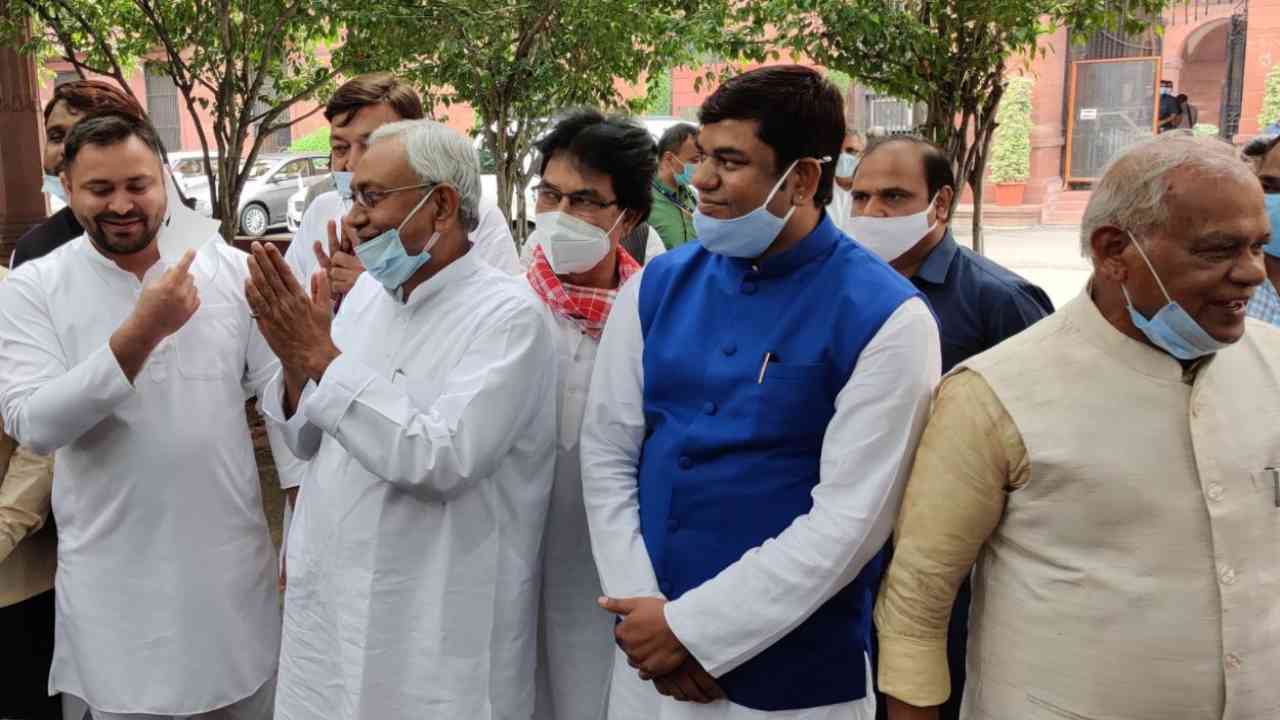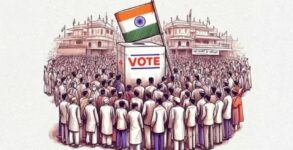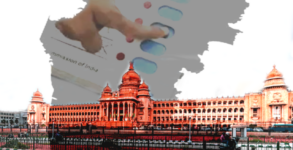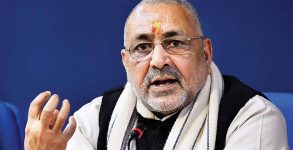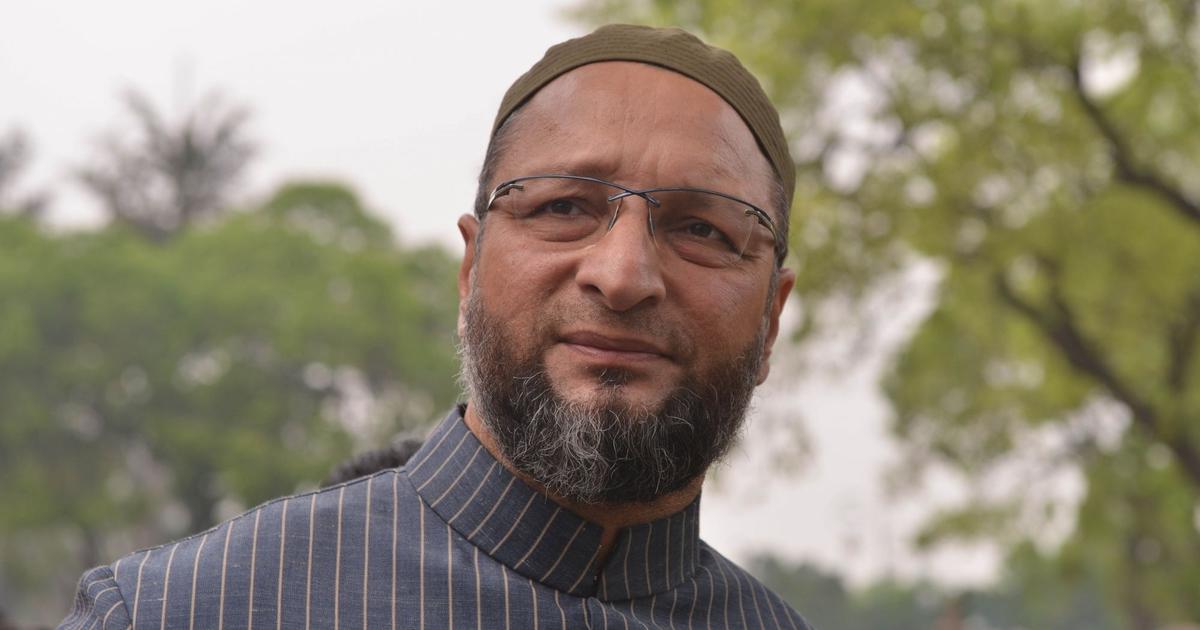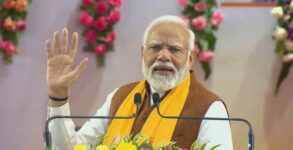Nitish Kumar has again proven that he is a master of the art of changing governments. For some, it was a reversal of happenings in 2017, when he dumped the RJD-led ‘Mahagathbandhan’ to rejoin the NDA, while for others it was a reversal of happenings in Maharshtra where a Shiv Sena-Congress-NCP government was overthrown to form a BJP-rebel Sena government.
Said Ranabir Samaddar, well-known political scientist and former professor of Maulana Azad Institute of Asian Studies, “Bihar has become the flipside of the Maharashtra coin.” The frequent change of platforms — from secular socialist to aligning with a right wing party to being upholder of Dalit rights — may have diminished Nitish’s standing as the ‘sushasan’ (good governance) man, but his political ability to do the impossible has certainly not diminished.
Nitish’s exit from NDA a shot in the arm for Opposition: DMK
“If he sustains the momentum of what he managed to do now with his new movement, then 2024 general elections in Bihar, where 40 crucial seats will go to polls, will prove to be a real battleground for the BJP,” said CPIML(L) general secretary Dipankar Bhattacharya, who also practices psephology. The 71-year-old Kumar, who became chief minister for a record eighth time, had started out as an engineer in the Bihar Electricity Board to join politics under aegis of socialist leader Ram Manohar Lohia and participated in Jayprakash Narayan’s movement in the 1970s.
After many torturous splits and mergers of the Socialist party, Kumar formed the Janata Dal (United). A JD(U)-BJP combine tried to end the long reign in Bihar of rival erstwhile socialist Lalu Prasad’s RJD, and in March 2000, he was elected chief minister of the state for the first time. However, this government was short-lived as the NDA did not have the numbers and had to make way for the RJD.
Bihar: Jitan Ram Manjhi’s Hindustani Awam Morcha extends unconditional support to Nitish Kumar
Kumar then joined the Atal Behari Vajpayee cabinet and proved to be a good administrator in his new role as railway minister, introducing computerised railway reservation among other initiatives.
The backward Kurmi community leader was elected chief minister again in 2005 and this time he had the numbers to continue. Dubbed the ‘sushasan’ (good governance) man, Kumar improved the backward state’s law and order situation, improved its infrastructure and educational institutions.
After three terms as NDA chief minister, Kumar dumped the saffron party and joined hands with arch-rival Lalu Prasad’s RJD and the Congress to come back to power in 2015 as chief minister once again.
Union minister Ashwini Choubey slams Nitish as ‘opportunistic’
However, this uneasy alliance lasted till 2017, and he did a volte face once again to rejoin the NDA, leaving the ‘Mahagathbandhan’ high and dry. The story of course is playing out in reverse today.
“Nitish’s move today is a new chapter in one form of federalisation of politics (where regional parties are taking control of states), while Maharashtra where BJP formed a coalition government is one form of centralization of politics,” said Samaddar.

